Introduction
China Building World’s First Supercomputer Imagine a supercomputer not nestled deep inside a high-tech facility on Earth—but floating silently above us in orbit. Sounds like sci-fi, right? Well, China is making it a reality. In a bold move that could change the game for global computing and space exploration, China is building the world’s first supercomputer in space, powered by AI-enhanced satellite systems.
This isn’t just a leap in tech; it’s a leap in ambition. From breaking Earth’s physical limits to redefining data processing and surveillance, this space-based supercomputer is set to turn heads across the globe.
What is a Space-Based Supercomputer?

Think of a traditional supercomputer—massive machines that crunch data at lightning speeds, used for weather modeling, military simulations, or quantum research. Now, imagine taking that capability, removing its earthly constraints, and launching it into orbit. That’s a space-based supercomputer.
Unlike Earth-based ones, space supercomputers can:
-
Process vast amounts of satellite-collected data instantly
-
Work closer to the source (space data comes from space)
-
Avoid physical wear and environmental threats of Earth
It’s computing—on steroids and in zero gravity.
Why Is China Building It in Space?
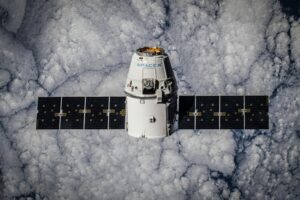
Strategic Goals
China isn’t just building this to show off. They want the upper hand in global AI infrastructure, military intelligence, and real-time space data analytics. By moving computing power into orbit, China aims to outpace global competitors and lead the AI-tech arms race from above.
Technological Advantages of Space Deployment
-
Unmatched cooling thanks to space’s natural vacuum
-
Unlimited solar power for energy-intensive computations
-
Uninterrupted data relay from satellites 24/7
This setup eliminates many problems Earth-based supercomputers face, such as energy cost, hardware overheating, and latency in remote data access.
Overcoming Earth’s Limitations
Power Supply
On Earth, energy supply and cost are always concerns. In space, the abundant solar energy keeps the machines running sustainably.
Cooling System Benefits in Space
Supercomputers produce tremendous heat. On Earth, this requires massive cooling systems. In space, the vacuum environment naturally dissipates heat, leading to more efficient performance and less infrastructure.
National Pride and Technological Race
There’s more than just science behind this project. China’s ambitious move is a symbol of national pride and global dominance in tech. With the U.S. and Europe pushing hard in AI, quantum computing, and space exploration, China is saying loud and clear: “We’re not just catching up—we’re taking the lead.”
This might just be the start of Space Race 2.0, only this time, it’s powered by AI.
The Role of AI-Powered Satellites

How AI Enhances Data Processing
These aren’t just any satellites. They come equipped with advanced AI chips and machine learning algorithms. This means:
-
Real-time decision-making in orbit
-
Dynamic learning and improvement
-
Reduced need for human intervention
Satellite Networks Working as a Unit
Picture a swarm of intelligent satellites forming a neural network in space. They constantly share, analyze, and respond to data collaboratively. It’s like the brain of a supercomputer—scattered across orbit but thinking as one.
Autonomous Operations
These satellites are built to be autonomous. They don’t wait for commands from Earth; they make decisions on the fly. For instance, if a natural disaster is unfolding, the system can reroute focus, analyze damage in real-time, and prioritize communication—all without human delay.
Data Collection and Processing
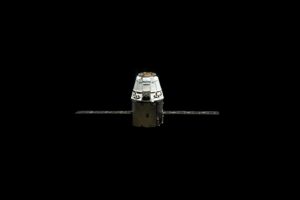
Earth is constantly emitting valuable data—from climate signals to human-made transmissions. These AI satellites can:
-
Monitor weather changes instantly
-
Watch over military zones
-
Support global internet networks
All data gets processed on the spot, without having to “send it back” to Earth first. This slashes time and increases reliability.
Technical Specifications
Hardware Being Used
While not all specs are public, reports suggest that China is leveraging:
-
Quantum-resistant processors
-
Advanced AI GPUs
-
Self-repairing circuitry for durability in space
Network Architecture in Orbit
The satellites form a mesh network, where each node (satellite) is a processing unit. If one fails, the rest continue functioning—ensuring uninterrupted operations.
READ MORE:Age of Earth Water?
Energy Sources and Cooling
Space allows the system to:
-
Absorb solar energy via high-efficiency panels
-
Eliminate overheating via passive thermal radiation into space
That’s a power + performance combo that’s tough to beat on Earth.
Communication Framework

High-speed communication is key. China plans to use:
-
Laser-based data transfer
-
Low-orbit latency-reducing relays
This ensures that data doesn’t just travel fast—it travels securely.
Potential Applications
Military
Surveillance, missile detection, and battlefield data analysis become faster and smarter.
Climate Research
With real-time monitoring, we can predict disasters before they strike, track climate change, and even model future weather conditions with pinpoint accuracy.
Space Exploration
Mapping deep space, monitoring debris, and assisting manned missions with powerful AI calculations.
Disaster Prediction and Relief
When hurricanes, tsunamis, or earthquakes threaten, this space computer can be the difference between disaster and preparedness.
Risks and Concerns
Weaponization Fears
Critics worry that space-based AI could be militarized, turning these supercomputers into tools of war.
Cybersecurity in Space
Hackers aren’t limited to Earth. Space-based systems need next-level encryption to fend off cyberattacks from adversaries or rogue entities.
How It Impacts Global Tech Ecosystem
This move by China could:
-
Trigger an AI arms race
-
Force global shifts in data policy
-
Redefine internet infrastructure, with less dependence on land-based servers
Basically, it could reshape the entire digital world.
What Other Countries Are Doing

The U.S., via NASA and the Department of Defense, is working on:
-
Edge computing satellites
-
Quantum satellite networks
Europe is exploring green AI in orbit initiatives, but China’s project seems far ahead in terms of scale and ambition.
The Future of Space-Based Computing
Within the next decade, we might see:
-
AI-run space cities
-
Orbital data centers replacing Earth-based ones
-
Even interplanetary networks to Mars and beyond
What was once science fiction is now becoming a global blueprint for the future.
Conclusion
China’s push to build the first AI-powered supercomputer in space isn’t just a tech flex—it’s a bold step toward a future where computing breaks free from Earth’s boundaries. Whether you see it as innovation or intimidation, one thing’s for sure: the world of data, defense, and discovery will never be the same again.
FAQs
1. What makes this project different from other satellites?
Unlike regular satellites, these AI-enhanced ones can process and analyze data in real time, functioning as parts of a supercomputer network.
2. Can other countries access this technology?
Not currently. It’s a nationally controlled Chinese initiative, though similar projects may follow globally.
3. How secure is space-based computing?
While it’s harder to access physically, cybersecurity remains a major challenge due to possible hacking or signal interception.
4. Will this affect our daily internet or services?
Indirectly, yes. It could transform cloud services, space internet, and even how we interact with AI-based tools.
5. When will China launch this supercomputer?
While the full launch date is undisclosed, initial modules are expected to deploy between 2025 and 2026.
Please don’t forget to leave a review.




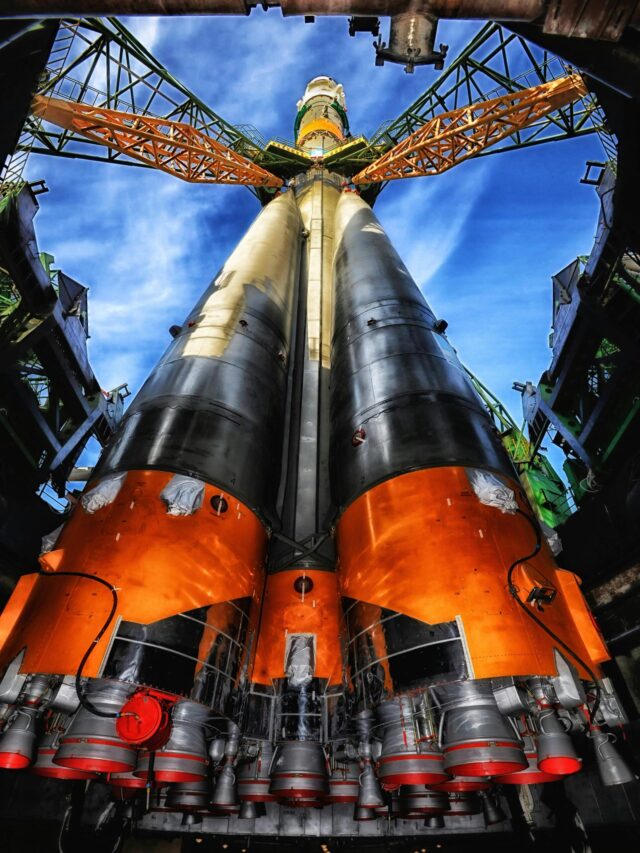






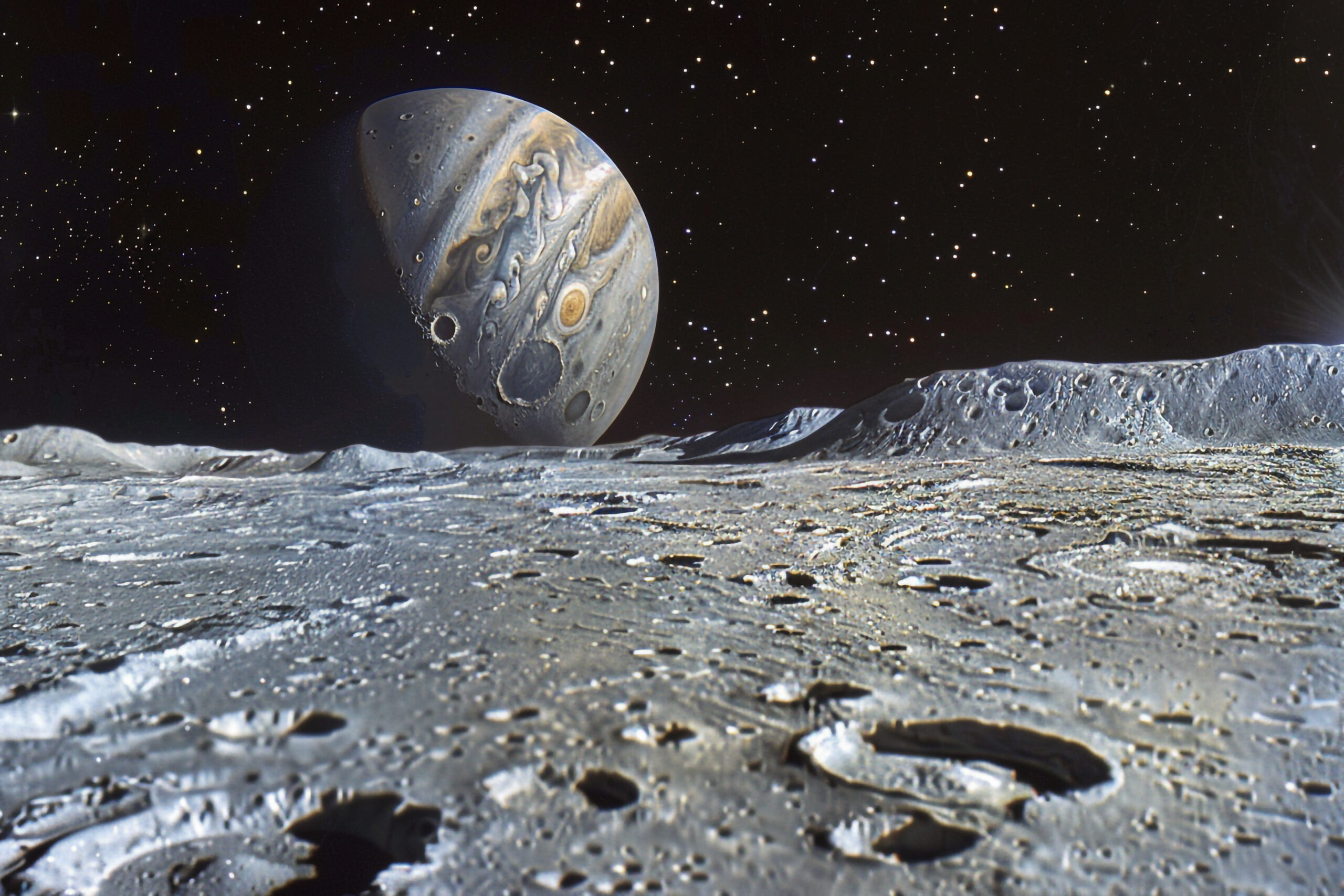
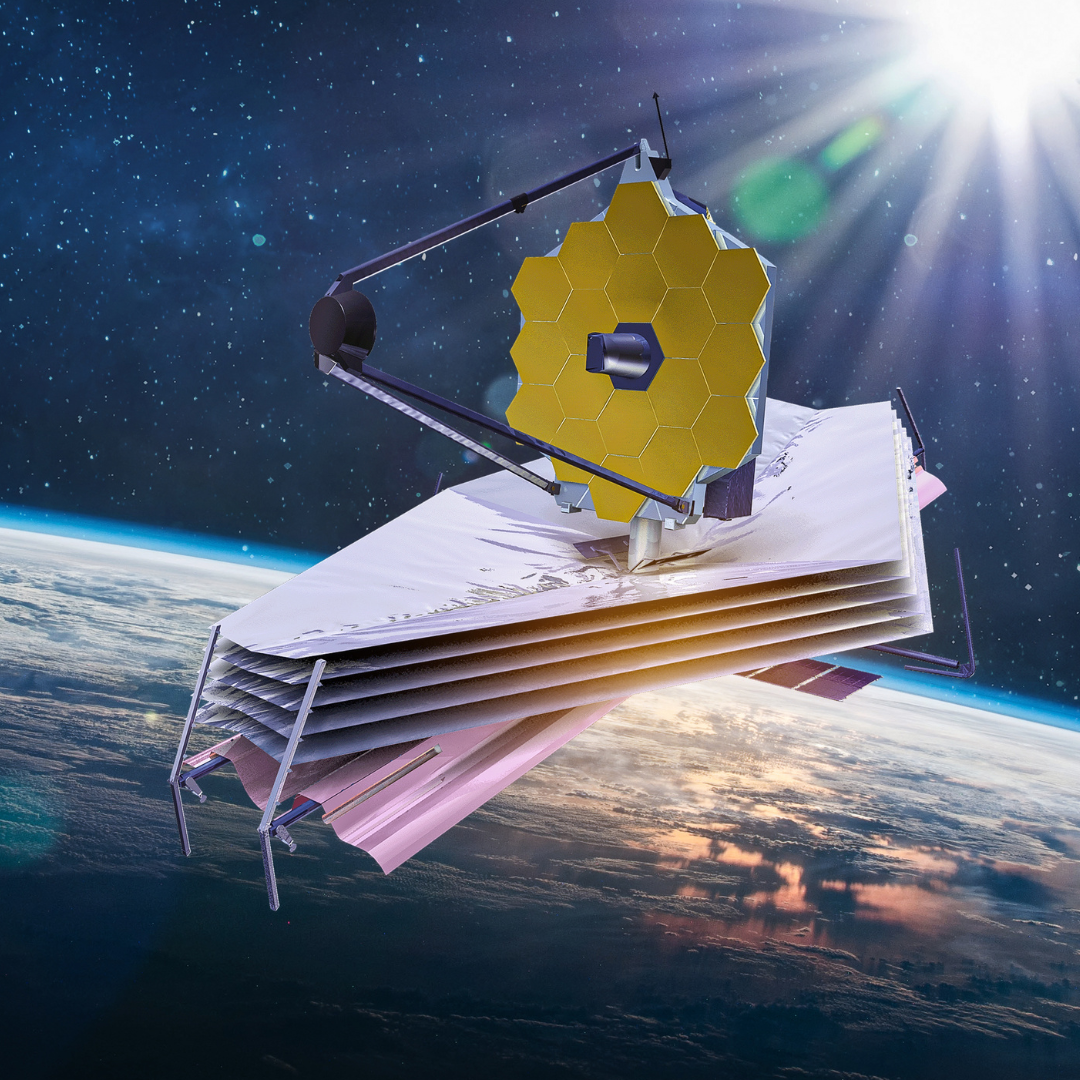
amazing